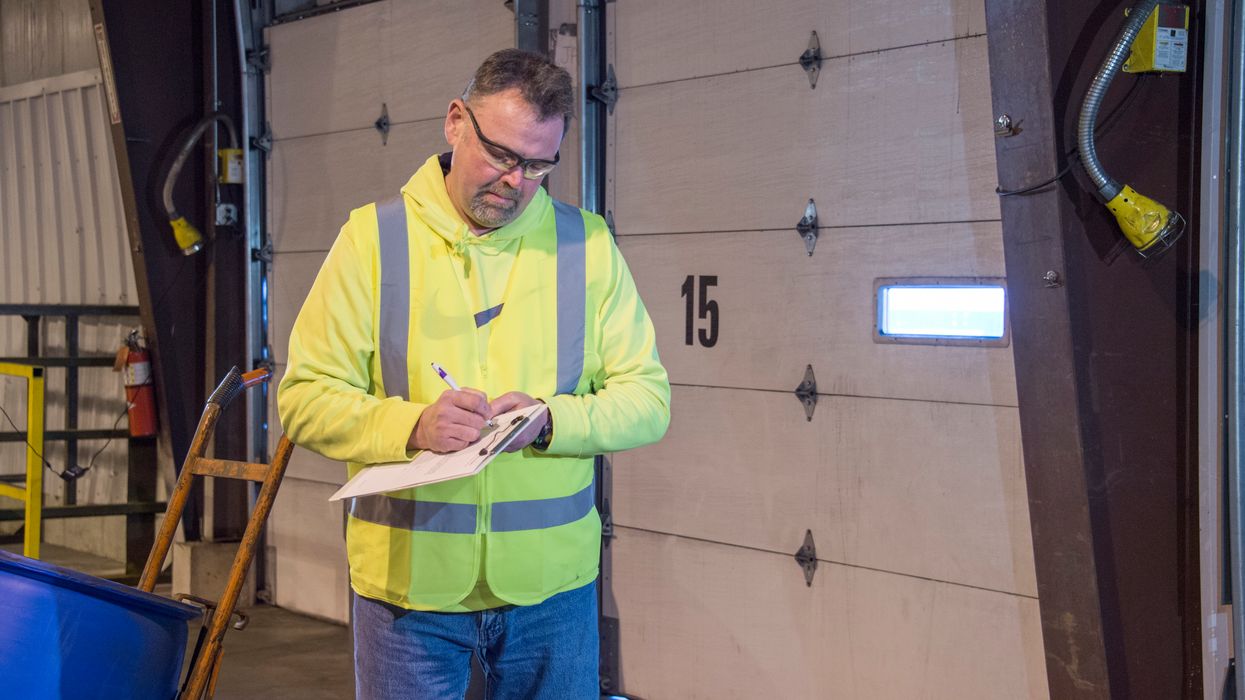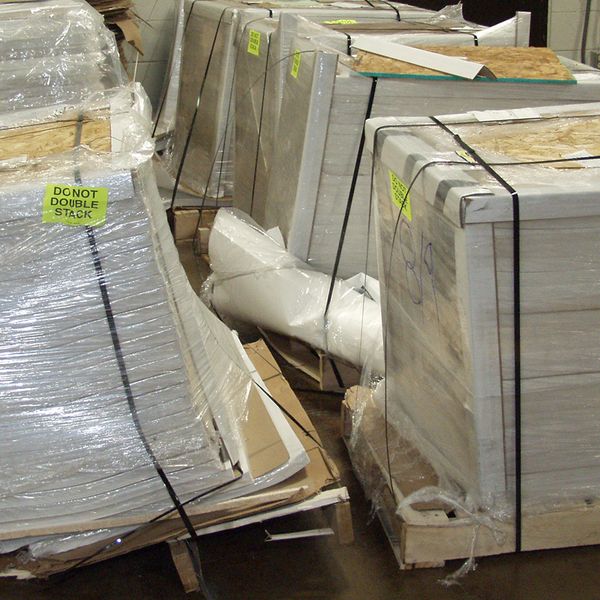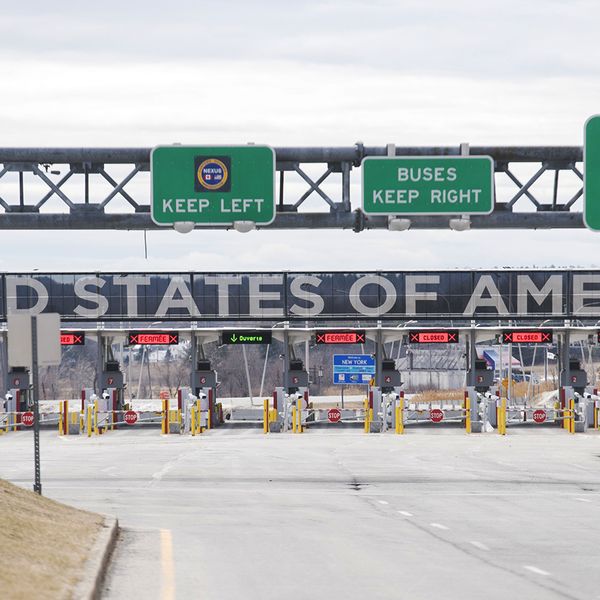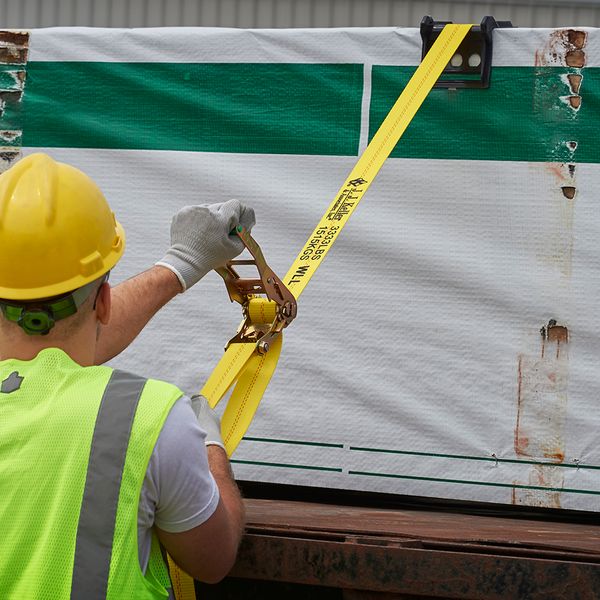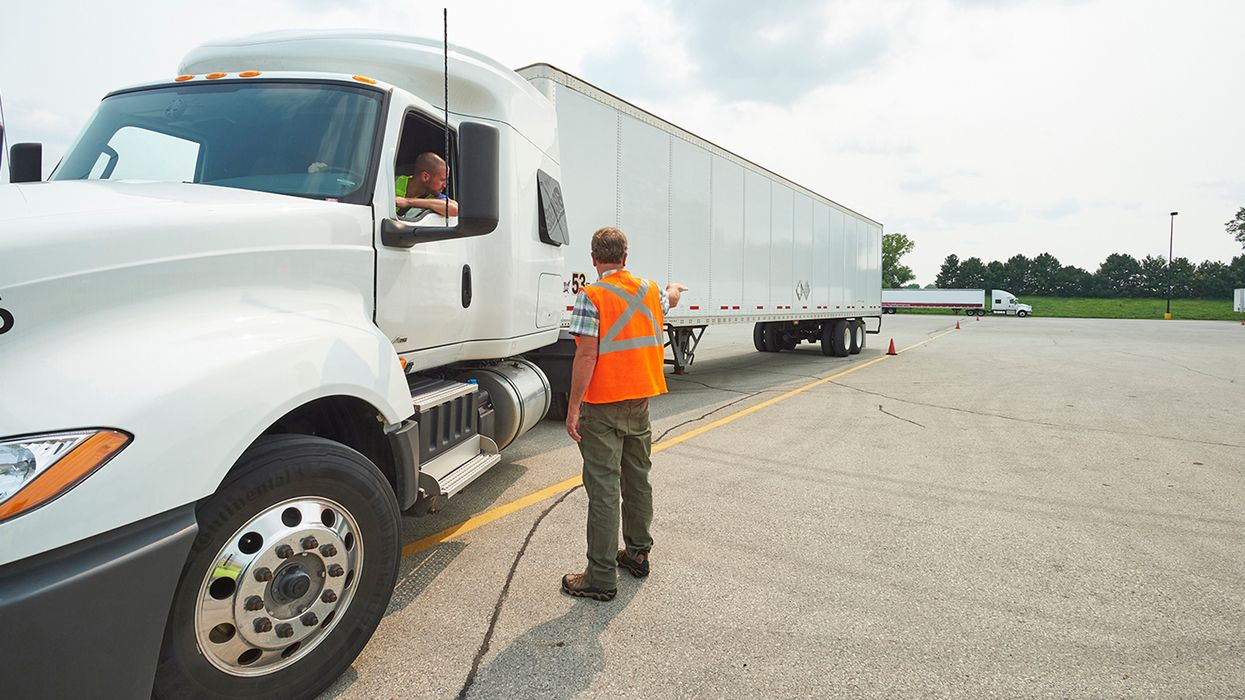Properly signing the bill of lading saves time and money
A freight terminal dock clerk’s paperwork shows there should be four pallets as one shipment to be loaded. He identifies five pallets matching the freight’s description, however, and are all labeled for the same customer. Should he:
- Load four pallets and keep the fifth on the dock until the matter is settled?
- Keep all five of the pallets together until a determination can be made as to how this matter should be handled? Or,
- Simply load all five pallets on the trailer and let the customer work out the problem?
At this point there’s no good answer. With a properly signed bill of lading, however, the whole costly problem could have been prevented.
Costs on the carrier
A shipment determined to be “over” in the piece count has the potential of being more costly than another shipment that has been lost (in part or in whole) or is damaged while in transit. It tells both the shipper and the carrier that quality control is lax somewhere in the supply chain system. If the carrier cannot resolve the situation on its own, then the shipper must be contacted and made aware of the overage. Manpower hours to investigate the overage and time being wasted waiting for disposition of the overage is a cost that must be absorbed by both entities.
Making matters worse, this cost added no value to the transportation of the product or the product that was sold to the customer. Yet, both the shipper and carrier must invest capital to complete or amend the transaction.
Carrier reputation at stake
A shipment that is delivered “over” in the original piece count, or is delayed in delivery due to the overage, can also cause stress and concern on the part of the consignee.
Imagine the thoughts of the consignee who receives more product than was originally ordered. “Will I be charged more for this?” “I never ordered this much and have no use for this extra product.” “Why should I have to warehouse this product and wait for my supplier to get back to me on the outcome of this extra product?” “Should we simply keep the product and not say a word to the supplier seeing if they invoice us for the extra product?” The consignee may start having doubts about the way this supplier does business and look for an alternative supplier!
Now imagine the thoughts of both the shipper and the consignee when they find out through their investigations (along with the carrier’s investigation) that the shipment was, in fact, shipped correctly but the driver had to break down part of the shipment in order to transport it properly. This is an acceptable action in most circumstances; however, documentation of this action must be made on the bill of lading or the shipping papers to clearly notify all concerned that the shipment was altered in its original state to accommodate the transportation of the product. And, if the driver who delivered the shipment is not the same driver who broke down the shipment so that it could be transported, without proper documentation, all continuity and integrity of the transaction is put in jeopardy.
Driver training can alleviate issues
It all leads back to the basics and the responsibility the driver has in correctly signing the bill of lading. If the driver cannot accurately count the total number of pieces being shipped as stated on the bill of lading, then the driver must state it as such. For example, if the bill of lading describes the shipment of widgets as “600 boxes on 10 pallets” yet the driver is unable to count all 600 boxes, then the driver should sign the bill of lading “10 pallets STC (said to contain) 600 boxes.” And in keeping with our earlier example, if the driver cannot transport all 10 pallets due to the size of the packaging without breaking the shipment down to accommodate transport, the driver must call this to the attention of the shipper and either ask for a more descriptive bill of lading, or properly note the change in the number of pieces on the shipping papers and have the shipper acknowledge the change as well.
Key to remember: Properly signing a bill of lading can cut costs and wasted time as well as keeping a carrier’s reputation intact.

